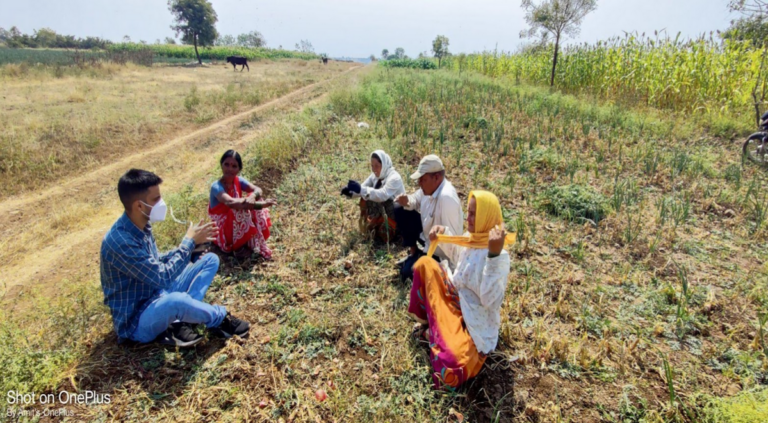India is faced with the colossal challenge of providing equitable access to quality healthcare services for its massive population of over 1.3 billion people. Before the COVID-19 pandemic, India’s healthcare system faced significant challenges, including a large population, regional disparities, and limited resources. There were shortages in crucial primary and sub-health centers, leading to disparities in healthcare coverage. As per WHO, there were approximately 7 medical doctors per 10,000 individuals in 2020, and as per Rural Health Statistics, only 33% of the total health workers and 27% of doctors were available in rural regions.
India’s healthcare sector also relies heavily on private expenditure, with approximately 70% of the health budget constituted of private contributions. As of 2021, the private sector delivered nearly 87% of healthcare services in India. However, health insurance coverage was low, with only 41% of households covered under some form of health insurance and 90% of the poorest Indians having no insurance. Efforts were required to bridge these gaps and achieve universal health coverage for all citizens.
The Pandemic Response
The COVID-19 pandemic brought India’s healthcare system to its knees, testing its preparedness and resilience. The successive waves of the pandemic strained resources and manpower, exposing weaknesses in the healthcare sector.
Collaborations among diverse stakeholders, including the national and state government, private sector, NGOs, philanthropies, and civil society organizations, fueled a collective response to the pandemic. These collaborative efforts not only provided immediate relief but also fostered resilience and laid the foundation for a more adaptable healthcare system.
In response to the crisis, the government and various stakeholders implemented a range of measures to strengthen the healthcare system, focusing on different types of interventions –
- Increased public spending and ramping up of healthcare infrastructure
- Technological innovations like the Internet of Medical Things (IoMT) solutions for real-time monitoring and Artificial Intelligence (AI) for early detection and diagnosis
- Efforts to build health infrastructure, including genome sequencing and variant tracking for better detection
- Adoption of mobile telemedicine to enhance healthcare accessibility, particularly in bridging urban-rural disparities and addressing low doctor-patient ratios
- Implementation of Electronic Health Records (EHRs) for remote access to patient information and efficient healthcare resource management
- Introduction of E-pharmacies revolutionizing access to medicines and healthcare products, especially in remote areas
Lessons Learned
NuSocia’s evaluations of various interventions during the pandemic provided valuable insights into successful disaster response strategies. The evaluated projects included –
- Medical equipment support to hospitals
- Supporting healthcare professionals financially
- Gifts to charities involved in relief operations
- Mobile healthcare vans
- Distribution of medical equipment and supplies
- Distribution of ration kits
The projects demonstrated enhanced access to care in remote locations, a bottom-up approach in program design, infrastructure upgradation, and successful collaboration among stakeholders as key learnings. To build resilient health systems, India should strengthen primary healthcare in rural areas, invest in healthcare professional training, and embrace technological advancements like telemedicine and AI diagnostics. Public-private partnerships can leverage resources for effective disaster response, while sustainable infrastructure development is crucial for withstanding future shocks. Engaging local communities and including recovery as a long-term component of disaster management will enhance overall preparedness for future crises. Implementing these recommendations will enable India to better respond to emergencies and improve healthcare provision for all citizens.
Conclusion
The COVID-19 pandemic has been a profound case study in disaster management. The pandemic exposed the vulnerabilities in the healthcare system, necessitating strategic planning to build resilience. By learning from the challenges faced during the crisis, governments and healthcare stakeholders can better prepare for future emergencies. It is important to invest in robust healthcare infrastructure, well-trained professionals, and advanced medical technologies, ensuring that communities and healthcare systems bounce back and thrive after facing unprecedented challenges. As disaster response evolves, it is essential to recognize that recovery and rehabilitation are critical long-term components of disaster management. Emphasizing the importance of planning and learning will be instrumental in shaping a more resilient and responsive healthcare system for a safer and healthier future.




